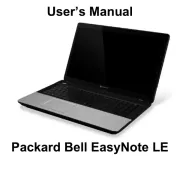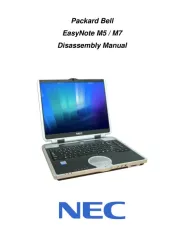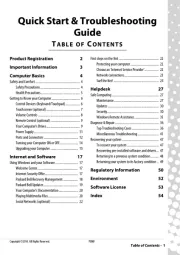Sony Vaio VGN-Z48GD Manual
Læs gratis den danske manual til Sony Vaio VGN-Z48GD (206 sider) i kategorien Bærbare computer. Denne vejledning er vurderet som hjælpsom af 12 personer og har en gennemsnitlig bedømmelse på 4.3 stjerner ud af 6.5 anmeldelser.
Har du et spørgsmål om Sony Vaio VGN-Z48GD, eller vil du spørge andre brugere om produktet?

Produkt Specifikationer
| Mærke: | Sony |
| Kategori: | Bærbare computer |
| Model: | Vaio VGN-Z48GD |
Har du brug for hjælp?
Hvis du har brug for hjælp til Sony Vaio VGN-Z48GD stil et spørgsmål nedenfor, og andre brugere vil svare dig
Bærbare computer Sony Manualer






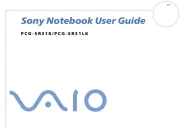

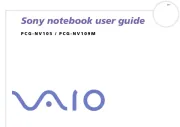

Bærbare computer Manualer
- HP
- Pyle
- Ibm
- BenQ
- Razor
- Hähnel
- Thomson
- BEKO
- Hannspree
- Hyundai
- Packard Bell
- SilverCrest
- Honor
- Maxdata
- Krüger&Matz
Nyeste Bærbare computer Manualer



